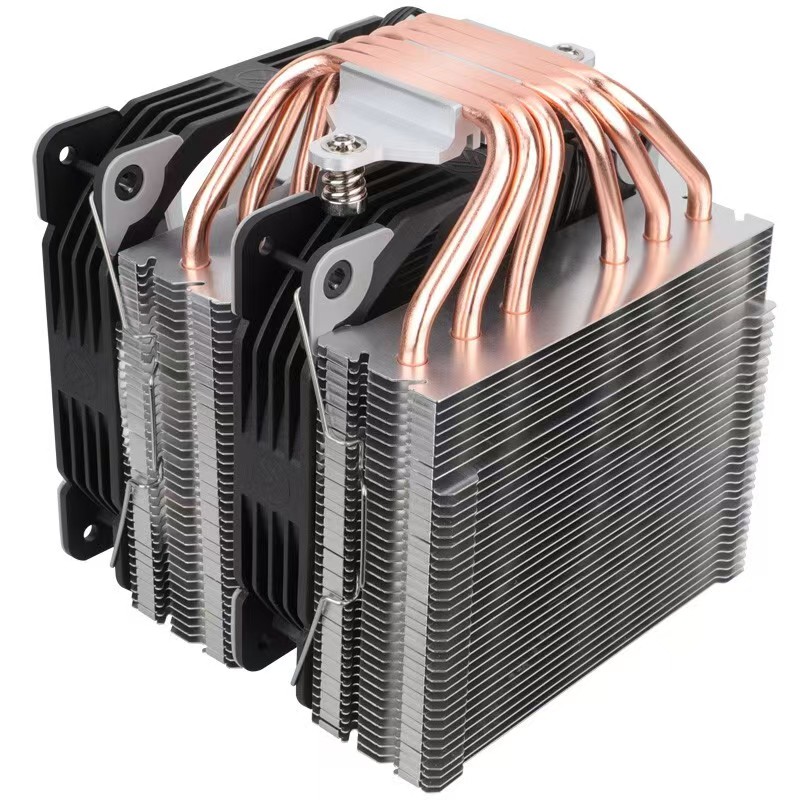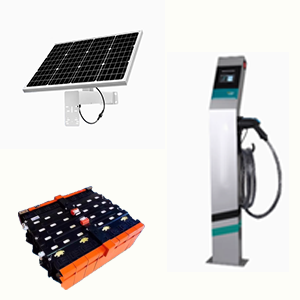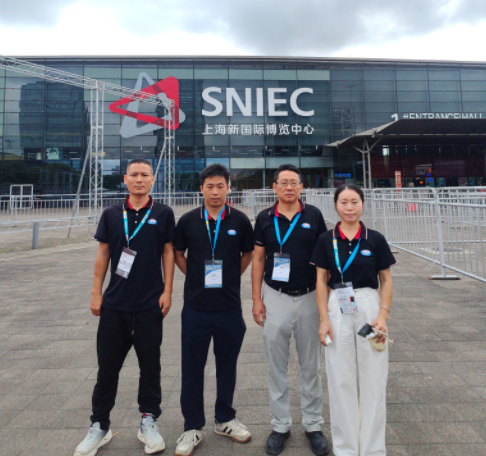In today’s fast-paced tech world, electronics are becoming smaller, faster, and more powerful than ever before. With this evolution comes a critical challenge: efficient heat management. Overheating can reduce performance, shorten device lifespan, and even cause failures. This is where thermal adhesives step in, providing a cutting-edge solution for electronics cooling.
What Are Thermal Adhesives?
Thermal adhesives, also known as thermal epoxies or conductive adhesives, are specialized compounds designed to bond electronic components while efficiently conducting heat away from sensitive areas. Unlike mechanical mounting methods, thermal adhesives combine strong structural bonding with excellent thermal management, making them essential in modern electronics.
Key Benefits:
Enhanced heat dissipation: Keeps devices cool during high workloads.
Strong adhesion: Secures components without screws or clamps.
Electrical insulation: Protects sensitive electronics from short circuits.
Lightweight design: Ideal for compact, portable devices.
Innovations Driving the Thermal Adhesive Market
The thermal adhesive industry is evolving rapidly, driven by material science breakthroughs and the growing demand for high-performance electronics. Here are the key innovations shaping the future:
1. Nanotechnology-Enhanced Thermal Adhesives
Incorporating graphene, carbon nanotubes, and boron nitride into adhesives dramatically increases thermal conductivity, ensuring efficient heat transfer in gaming laptops, high-power servers, and advanced CPUs.
2. Flexible and Lightweight Formulations
Modern electronics demand adhesives that are flexible, lightweight, and durable, accommodating component expansion and contraction. These properties make them ideal for wearables, smartphones, and electric vehicles.
3. Eco-Friendly and Non-Toxic Materials
Sustainability matters. New thermal adhesives are increasingly low-VOC, non-toxic, and environmentally friendly, without compromising thermal performance.
4. Multi-Functional Thermal Adhesives
Next-gen adhesives provide more than heat conduction—they offer shock absorption, vibration damping, and moisture resistance, perfect for automotive, aerospace, and industrial electronics.
Key Applications in Electronics Cooling
Thermal adhesives are critical in multiple industries:
Consumer Electronics: Smartphones, tablets, and laptops rely on them to prevent overheating.
Electric Vehicles (EVs): Used in batteries and power modules for efficient heat management.
Industrial Electronics: Protects high-power machinery and sensors under extreme conditions.
Renewable Energy: Enhances solar inverters and wind turbine electronics reliability.
How to Choose the Right Thermal Adhesive
Selecting the perfect thermal adhesive requires attention to:
Thermal conductivity: Higher values improve heat dissipation.
Curing time and method: Options include room temperature, heat, or UV curing.
Mechanical strength: Ensures durable, long-term adhesion.
Environmental resistance: Essential for high-humidity or outdoor applications.
Why Partner with a Professional Thermal Adhesive Supplier
For businesses and engineers looking for reliable thermal management solutions, choosing a trusted supplier is critical. Usodake in Dongguan, China, provides high-quality thermal adhesives designed for electronics cooling, EV components, and industrial applications.
We offer:
Custom thermal adhesive solutions tailored to your project needs.
Expert technical support to optimize heat management in your devices.
Fast delivery and quality assurance, ensuring your components stay safe and efficient.
📍 Location: Dongguan, Guangdong, China
🌐 Website: https://usodake.com
📧 Email: dghxxw888@163.com
📞 Phone: +86-769-81617120 | +86-13711910698
Whether you’re designing next-generation consumer electronics, EV systems, or industrial devices, partnering with a professional supplier like Usodake ensures your thermal management is efficient, reliable, and future-ready.
FAQs About Thermal Adhesives
Q1: What is the difference between thermal adhesive and thermal paste?
A: Thermal adhesives provide permanent bonding and heat conduction, while thermal paste is usually re-applied and only improves heat transfer between surfaces.
Q2: Can thermal adhesive be used on both metal and plastic surfaces?
A: Yes, modern thermal adhesives are compatible with metals, plastics, and ceramics, ensuring versatile application.
Q3: How long does thermal adhesive take to cure?
A: Curing time varies—some room-temperature adhesives take 24 hours, while heat or UV-curing adhesives can set in minutes.
Q4: Are thermal adhesives safe for electronics?
A: High-quality adhesives are electrically insulating and non-corrosive, making them safe for most electronic components.
Q5: Can thermal adhesive improve device longevity?
A: Absolutely. By efficiently dissipating heat, thermal adhesives reduce component stress and extend the life of electronic devices.






